It’s hard to feel that fall is right around the corner when the heat of August still bears down. But fall will come — and soon — with its long, dark nights and the slicing brightness of the afternoon sun. It’s good to have the right book in hand! You might choose a book about transitions, or the seasons of life, or a ghost story. Today’s article features 10 terrific books for the months ahead, most of them available right now. The others? Worth the wait.
Top 10 Books for Fall 2019
Say, Say, Say
My top pick for Fall 2019 is Say, Say, Say, a debut novel by Lila Savage about the love, tenderness, and frustrations of caring for the old or disabled. Ella, the youngish caregiver, is accustomed to becoming a part of the family, but this feels different. Say, Say, Say follows her story with Jill and Bryn — Jill, the brain-damaged 60-year-old, and Bryn, her kind, grieving, movie star-gorgeous husband. The deep understanding that grows between Ella and Bryn feels … unique. And impossible. Does he feel what she feels? Do not fear, reader — this is not a terrible flavor of romance novel. Ella lives with her soulmate, Alix, and the novel is as much about that loving relationship as it is about the handsome, elusive Bryn. Abraham Verghese, author of Cutting for Stone, calls Say, Say, Say “a lyrical, tender, profoundly insightful dive into the act of caregiving and its highly charged nexus of love, duty, and longing.”
Author Tessa Hadley (The Past, Accidents in the Home) writer, “I love the way Ella’s intense thoughts and feelings on one page are contradicted by different intense thoughts and feelings (and certainties) a few pages later. Which is like life.”
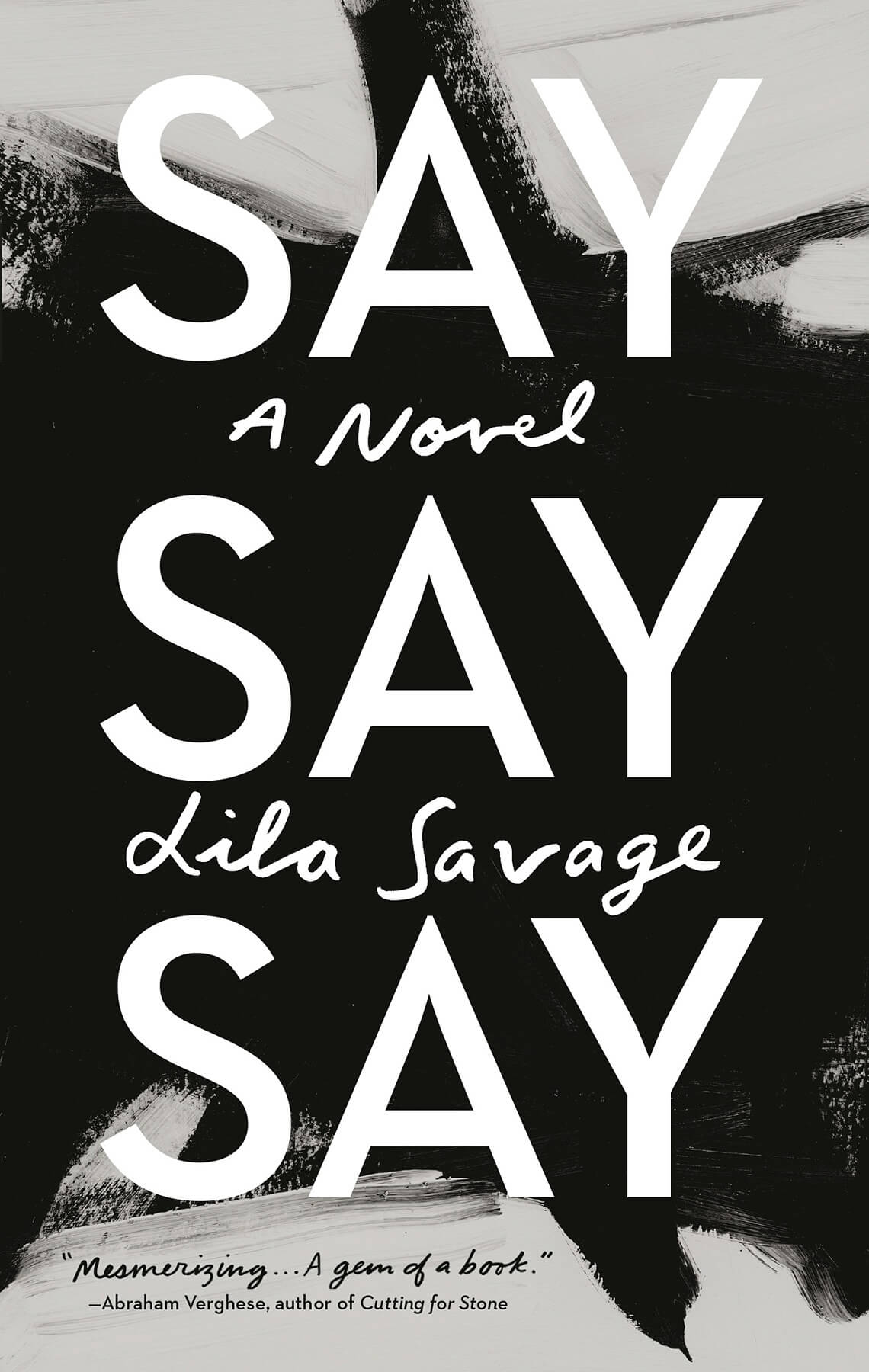
Olive Again
I agonized for Ella — an agony I also felt when I read Olive Kitteridge, the 2009 Pulitzer Prize winner by Elizabeth Strout. I believed in Olive — so imperfect, so herself, so self-aware and oblivious at the same time. She suffered, she yearned, she stretched. Sequels can be disappointing, but advance reviews of Olive, Again promise a terrific second act.
“The thorny matriarch of Crosby, Maine, makes a welcome return,” writes Kirkus Review. “As in [Olive Kitteridge], the formidable title character is always a presence but not always onstage in these 13 interconnected tales of loneliness, loss, and love in its many flawed incarnations. Olive has not become any easier to like since her husband, Henry, died two years ago; ‘stupid’ is a favorite adjective, and ‘phooey to you’ a frequent term of dismissal. But over the course of about a decade we see Olive struggling, in her flinty way, to become ‘oh, just a tiny – tiny – bit better as a person.’”
Olive, Again will be released on October 15th.
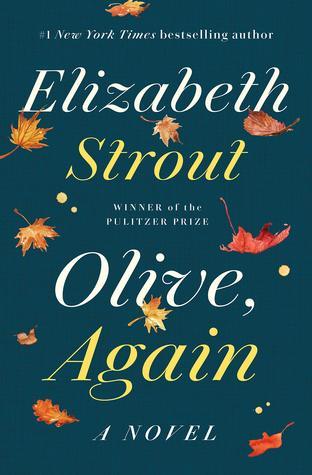
Fight No More
While you wait, you might pick up Fight No More by Lydia Millet, a fantastic collection of interconnected stories in the vein of Olive Kitteridge. Fight No More is stranger — unquestionably — but intriguing, with a woman named Nina at its center. Nina is a real estate broker, and the stories in Fight No More often take place in her clients’ homes. There’s the couple going through a divorce whose son masturbates as Nina shows their house; the elderly woman selling her beloved home (through Nina) in order to move in with her terrible son and his trophy wife; the tough young woman who moves out of her abusive home and works for the terrible son and his wife. Millet isn’t scared to dabble in fantasy — one home might actually be inhabited by the Seven Dwarves. They are helpful to the single woman who lives there until they aren’t (Millet doesn’t call them the “Seven Dwarves,” and the woman who lives there doesn’t think of them that way either; she’s just trying to escape). By and large, Millet colors in the lines. She’s not generally populating our world with fairy tale characters. Mostly, she colors this bouquet: Love blooms among us, by chance sometimes. And in unexpected places. Love dies in carefully tended gardens, as well. Love is both nightmare and dream.
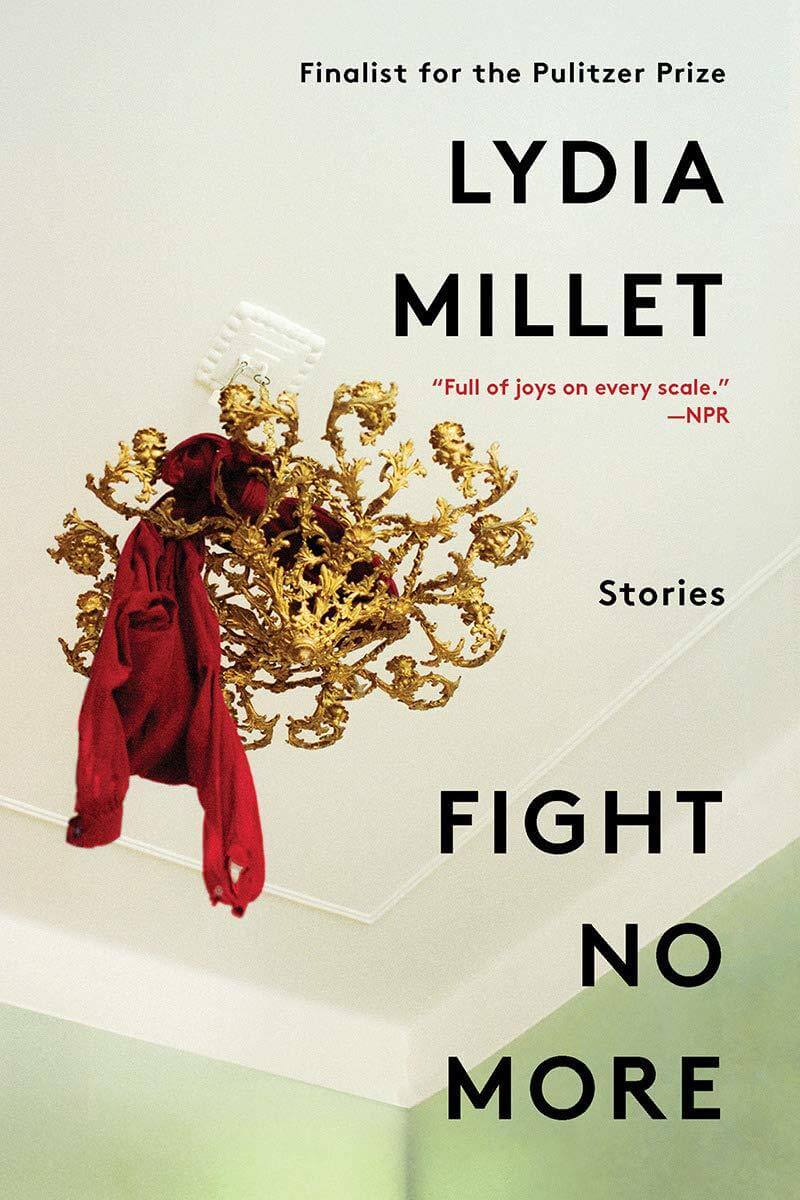
The Dutch House
Ann Patchett is — to my mind — our finest living American writer on the theme of love growing in unexpected places, especially within families that might be perceived as broken. In her newest novel, The Dutch House, she continues to explore love in “blended” families. Cyril Conroy — poor, and then wealthy — has two wives and two children before his death. They live, all of them at different times, in “the Dutch House,” and love both flourishes and grows monstrous among the five of them. The children’s mother is either a saint or crazy, and their stepmother is both better and then, unforgivably, worse. Patchett thinks about the way the past can hold us in its grip. She thinks about the relationship between saintliness and craziness, and how women are perceived differently than men when they are devoted to a cause. Patchett is especially good at examining the mixed motives inside even our purest and deepest loves. The Dutch House left me feeling sated and full of wonder and, also, strangely, gratitude — that we humans can make such a mess of things. And that we can — maybe — forgive and love the people we find ourselves with. The Dutch House will be released on September 24th.
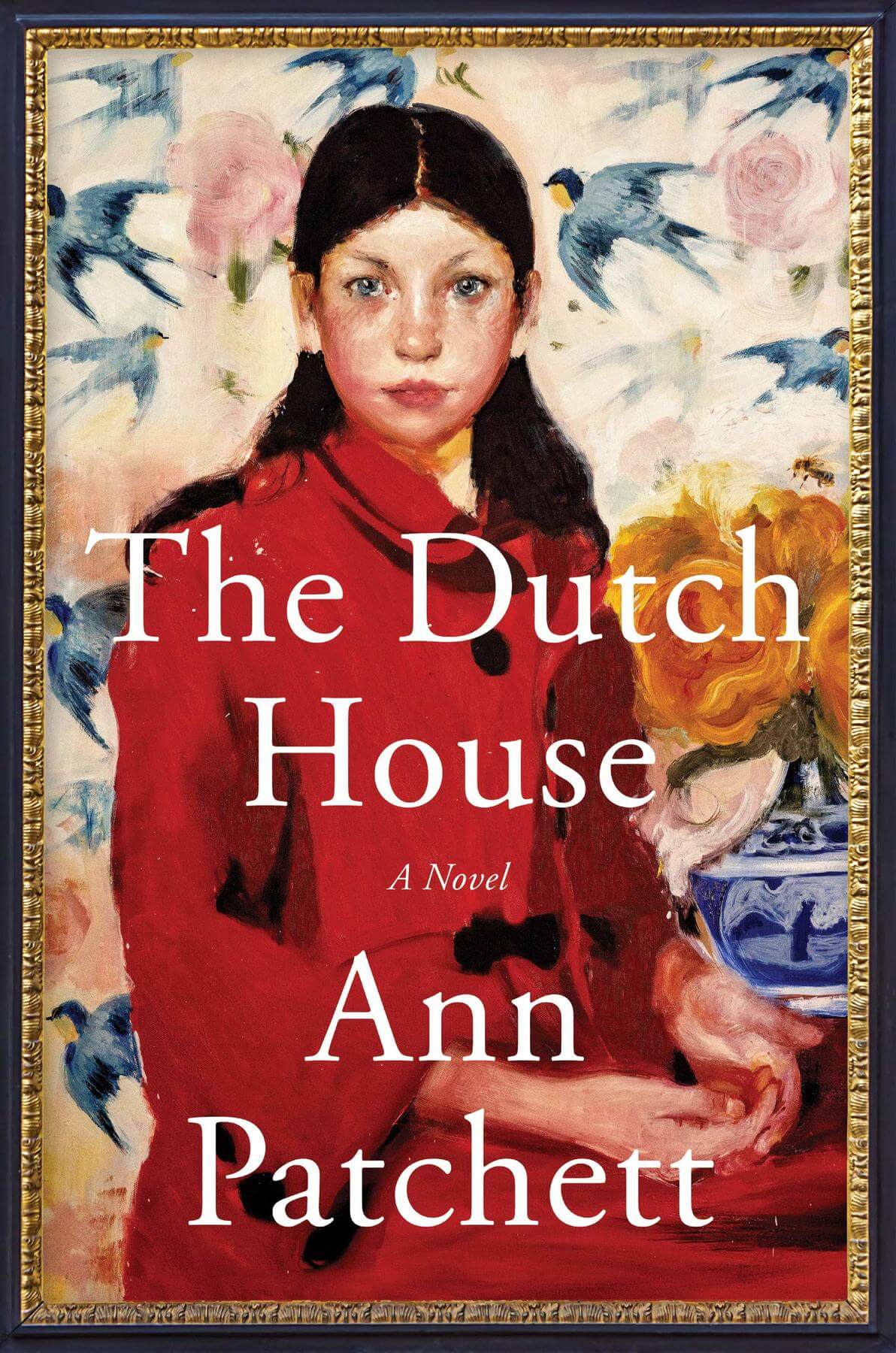
Late Migrations
Ann Patchett has been a big deal on the Nashville literary scene for years. We love her here! And we’re proud of another Nashville woman writer making waves nationally. Margaret Renkl pens a regular column in The New York Times, and she’s just written a non-traditional memoir, Late Migrations: A Natural History of Love and Loss. Late Migrations is the story of Margaret’s life, a story of the South, and a love song to the natural world. Most of the essays are short, involving life and death, fear and hope, predator and prey. Renkl writes, for instance, about the bluebirds nesting in her yard and their natural enemies — the rat snake and the house wren; she writes about the “wolf” she heard outside her great-grandmother’s window when she was a child. She travels back and forth between past and present, but the timeline generally moves forward from her Alabama childhood to her Nashville present. All of the essays are short and poetic, with a beautiful rhythm and flow. They also have the benefit of being both carefully observed and true.

Inland
Téa Obreht’s highly anticipated second novel Inland reaches farther back in time and to a different America altogether — the 19th century American West. You’ll remember Obreht’s first novel, The Tiger’s Wife, published in 2011 to great acclaim (winner of the Orange Prize, finalist for the National Book Award, national and international bestseller). It’s possible that every book club in America read The Tiger’s Wife, and that doesn’t happen by accident! Inland takes us to the Arizona Territory in 1873, where we meet Nora, a frontierswoman, and Lurie, a former outlaw who happens to be haunted by ghosts. “These two extraordinary characters navigate the dangers of the frontier, driven at times by literal thirst and haunted by a more intangible want. Though they lead disparate lives that will eventually intersect, they both know how unforgiving, indifferent and beautiful the land can be, and how quickly death can interrupt the narrative,” writes The New York Times. The novel features a few real-life historical figures, such as “Hi Jolly,” the Syrian-Turk camel driver more properly known as Hadji Ali, a member of the U.S. Army Camel Corps. Yes, there was a short-lived U.S. Army Camel Corps in the late 19th century, and this novel takes place, in part, among those men and beasts. Obreht’s voice whispers and seduces — in a ghostly manner — from the very first page.

Revolution Song
Not all of us like ghosts in our historical fiction … or history. Historians tend to believe that real life is fantastical enough without them. If you’re interested in American history, try Revolution Song, by journalist and historian Russell Shorto. “Aiming to reveal the reality of life in the Colonies and Britain before and during the Revolution, Shorto focuses on six different people: George Washington; British aristocrat and statesman George Germain, Lord Sackville; Venture Smith, an African-born slave; Abraham Yates, a shoemaker who rose to become mayor of his native Albany, New York; Cornplanter, a Seneca warrior; and Margaret Coghlan, the American-born daughter of a British officer. Except for Washington and Sackville, the protagonists are little known, which affords the author a fresh and often fascinating perspective on 18th-century life,” writes Kirkus Review. The New York Times, approvingly quoting Shorto in the preface, says, “’I have tried not to preach or even teach.’ It proves a decidedly refreshing approach.”
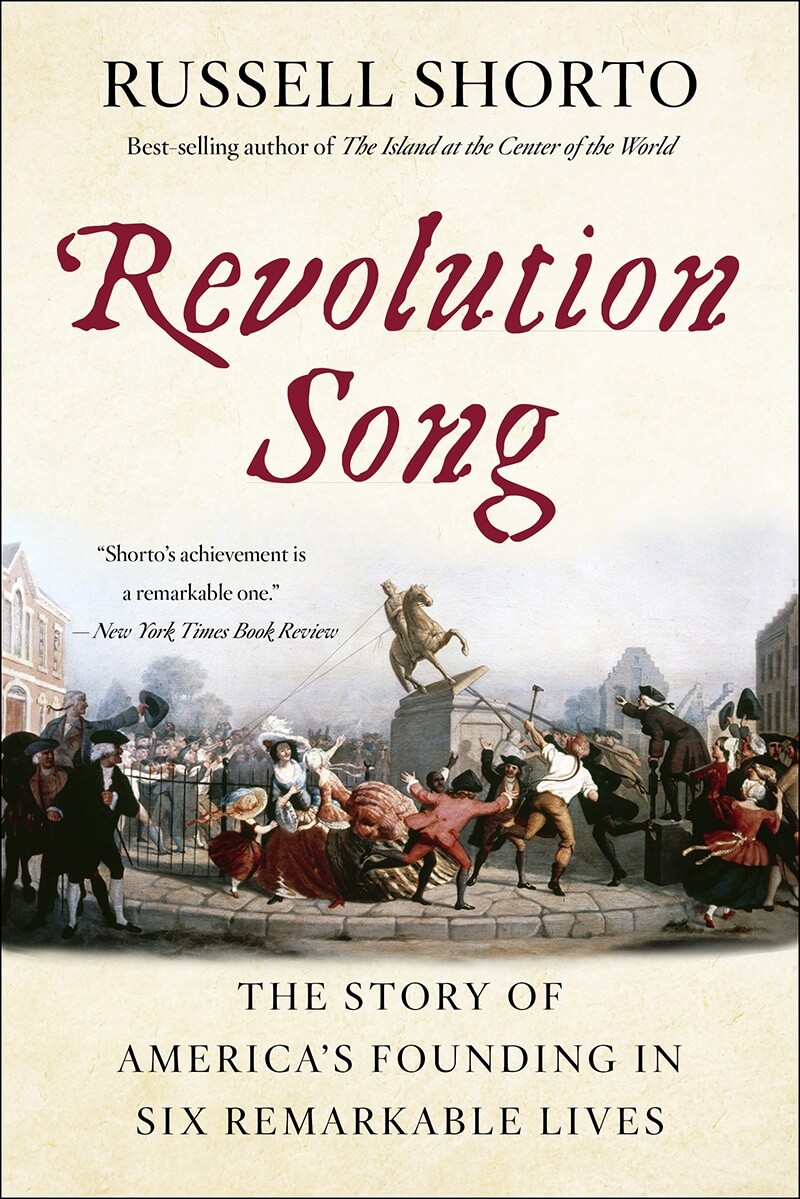
Exhalation
Some of us are drawn to the past, others to the future. If you enjoy speculative, futuristic fiction like Oryx and Crake (Margaret Atwood) or Cloud Atlas (David Mitchell), you might try Ted Chiang’s new short story collection, Exhalation. A few of the stories do some pretty strenuous gymnastics with time travel, alternative realities, and alternative intelligences. For me, a general reader, the stories are uneven in their power. But the longest story in the collection — a novella — haunts me. In “The Lifecycle of Software Objects,” a young man and woman who are friendly neighbors spend a lot of time playing with their avatars (online pets) on the web platform “Data Earth.” “Data Earth” reminds me of Club Penguin, the popular online game for kids a few years back that allowed kids to “take care” of their virtual penguins, “furnish homes” for them, play games with them, and “explore” the Club Penguin website together. Chiang’s story imagines similar pet-like avatars on “Data Earth,” but they have been imbued with artificial intelligence and personality. They can learn and maybe even evolve. What happens if the platform of Data Earth is about to collapse? What responsibility do the young man and woman at the center of the story have for their avatars? And to each other? Ted Chiang’s “Story of Your Life” was the basis of the acclaimed 2016 film Arrival. I hope that “The Lifecycle of Software Objects” might also find its way to a movie theater — or TV screen — for all the love and hope and agony within it.

The Testaments
Like Margaret Atwood’s novel The Handmaid’s Tale (1985), Atwood’s new novel The Testaments will be released September 10th, and there’s a delicious air of mystery surrounding it. What we do know is this: It’s a sequel to The Handmaid’s Tale, it does not take its lead from the TV series, and it’s been nominated for Britain’s prestigious Booker Prize. Here’s more from the Booker Prize judges: a “ferocious nondisclosure agreement” prevented them from revealing any of the book’s plot, but the novel is “terrifying and exhilarating.” The Handmaid’s Tale rocked my world when I read it as a teenager. It was so black and white (and red as blood), a brilliantly imagined world, offering a strong and direct message. Will I read the sequel? Maybe. Though I tend to see the world more often, these days, in shades of grey.

Conviction
My last pick for Fall 2019 — just for fun — is the crime fiction/thriller Conviction by Denise Mina. Maureen Corrigan of NPR calls Denise Mina “one of the leading practitioners of … Tartan Noir: the melding of American hard-boiled detective fiction with the atmosphere and local color slang of Scotland.” “Tartan Noir”? I’m in!
Anna McDonald lives the seemingly perfect suburban life in Scotland. She’s married with two kids, does some volunteer work, and listens to a lot of podcasts. Maybe she’s a little depressed. Maybe she listens to podcasts obsessively. Life gets more complicated on the day that her husband leaves her for her best friend AND — on that same day — she recognizes the victim in a true-crime podcast. Anna knows too much. She’s got to settle some business. Anna always has her daughters in mind, and she’s always thinking about what her actions mean for them. “I can do passive as a party trick but I will not raise girls to it,” she muses. You’ll root for her all the way. “A dark star of a novel, blazingly intense, up-to-the-minute fresh, and exciting as all hell,” writes A.J. Finn (The Woman in the Window). It’s a great read for the season ahead — both hot and cool.

For additional reading recommendations and miscellaneous musings by Jennifer Puryear, check in at BaconOnTheBookshelf.com. Happy reading!
**********
Find more great media recommendations — from podcasts to binge-worthy watchlists — in our “Arts & Entertainment” section. Click HERE.



















